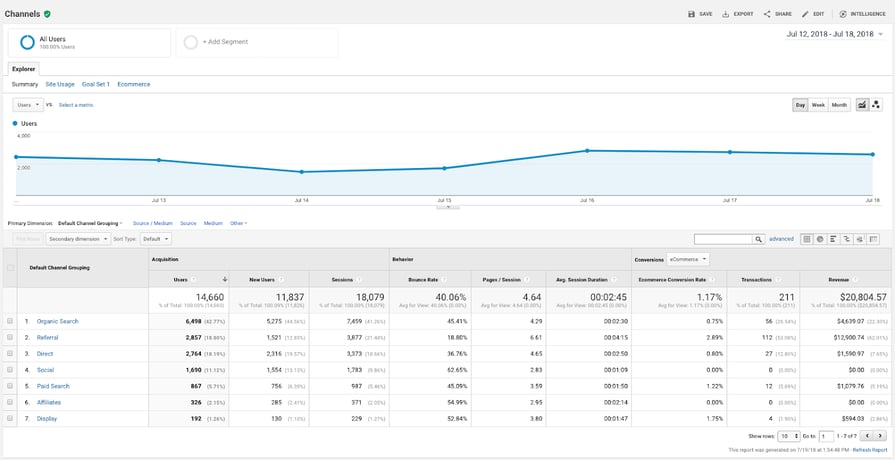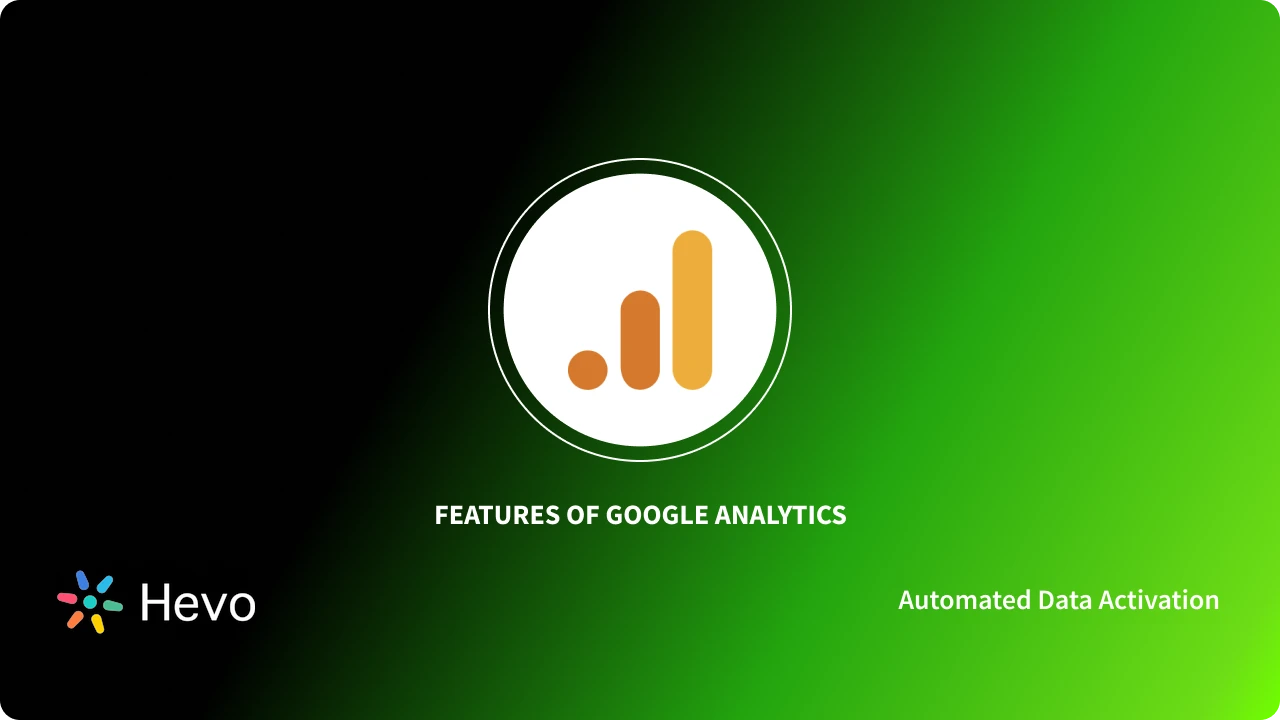A Complete Guide to Comprehending When Does the Google Analytics Tracking Code Send an Event Hit to Analytics
Master Internet Site Insights With Accurate Google Analytics Monitoring Code
The efficient application of Google Analytics hinges on the accurate execution of its tracking code, a basic step often forgotten by site proprietors. What are the typical pitfalls that could undermine your tracking initiatives, and exactly how can you ensure accuracy in your approach?
Understanding Google Analytics Fundamentals
Google Analytics is an important tool for website proprietors and marketing experts, offering vital insights into user behavior and site performance. At its core, Google Analytics gathers information concerning site visitors to a website, allowing users to examine metrics such as traffic resources, user interaction, and conversion rates. Understanding these principles is essential for optimizing a web site's performance and improving customer experience.
The system uses cookies to track interactions, tape-recording information such as page sights, session periods, and bounce rates. This info is aggregated and offered through customizable control panels, enabling customers to picture fads in time. Secret performance indications (KPIs) can be kept track of, such as the overall variety of individuals, brand-new versus returning site visitors, and the geographical circulation of the audience.
Moreover, Google Analytics supplies segmentation features, permitting customers to separate particular web traffic resources or customer demographics for even more targeted evaluation. By mastering these foundational elements, site owners can make enlightened decisions about material strategy, advertising and marketing campaigns, and total site renovations. Inevitably, comprehending Google Analytics fundamentals is crucial for leveraging information to drive development and accomplish service goals successfully.
Establishing Your Tracking Code

Copy the given tracking code and paste it right into the HTML of your web site. This guarantees that the monitoring code tons before any kind of other content, allowing it to record data accurately.
After installment, verify that the monitoring code is working correctly by making use of Google Tag Aide or the Real-Time reports in Google Analytics - when does the google analytics tracking code send an event hit to analytics?. This step is vital to confirm that your information collection is active and precise, establishing the foundation for informative analysis
Typical Monitoring Code Issues
This might take place when the tracking code is placed in the wrong section of the internet site's HTML, commonly leading to insufficient or missing data. Furthermore, having numerous instances of the tracking code on a single web page can result in filled with air metrics, as individual communications might be counted much more than when.
An additional concern arises from making use of advertisement blockers, which can protect against the monitoring code from executing completely, therefore skewing information. when does the google analytics tracking code send an event hit to analytics?. In addition, failing to set up filters appropriately can lead to the exclusion of important web traffic sources or the inclusion of unwanted referral spam, distorting the data collected
Website proprietors might additionally forget the relevance of monitoring code updates, particularly when moving to Google Analytics 4 (GA4) from Universal Analytics. Finally, inadequate testing prior to releasing adjustments can result in unnoticed errors in the tracking code, even more complicating data integrity. Resolving these usual concerns is vital for guaranteeing accurate tracking and insightful analytics.
Studying Web Site Data Efficiently
Exact data collection is only the initial action in leveraging Google Analytics; the genuine worth hinges on successfully evaluating that data to drive enlightened website here decision-making. To accomplish this, it is important to identify vital efficiency indicators (KPIs) that straighten with your service objectives. Emphasis on metrics such as conversion rates, customer interaction, and traffic resources, as these will provide understandings into customer behavior and the total efficiency of your internet site.
Using Google Analytics' segmentation functions permits a much deeper understanding of your target market. By breaking down information into certain demographics, behaviors, and web traffic networks, you can discover fads and patterns that inform targeted methods. Executing personalized reports and control panels can streamline this process, making it possible for quick access to pertinent information.
Furthermore, on a regular basis evaluating data click patterns in time helps to identify anomalies and opportunities for improvement. Make use of visualization tools to present information in a conveniently digestible format, assisting in more effective interaction with stakeholders. Inevitably, the capacity to analyze site information properly empowers businesses to make tactical choices that boost customer experience, optimize marketing efforts, and drive growth.

Finest Practices for Accurate Tracking
Applying efficient monitoring methods is critical for getting trustworthy information in Google Analytics. To guarantee exact tracking, begin by properly installing the Google Analytics tracking code on every web page of your website. This can be achieved through a tag manager or by straight embedding the code right into the HTML.
Next, configure your Google Analytics account to leave out internal web traffic. This can be done by establishing filters that identify and eliminate sees from your organization's IP address, thus protecting against skewed data. In addition, use event monitoring to keep track of specific individual interactions, such as downloads or video plays, which common page views may ignore.
Regularly audit your tracking configuration to verify that all attributes, such as objectives and ecommerce monitoring, are operating properly. Establish a consistent naming convention for your campaigns and events to help with less complicated reporting and analysis.
Lastly, consider leveraging UTM parameters for campaigns to gain insights right into the efficiency of various advertising and marketing initiatives. By adhering to these ideal techniques, you can improve the precision of your data collection and analysis, ultimately leading to more enlightened decision-making for your internet site.
Verdict
Exact application of the Google Analytics tracking code is necessary for grasping web site insights. By ensuring the monitoring code is appropriately put and frequently investigated, website proprietors can record crucial user interaction information, sites therefore helping with the recognition of vital performance indications. Effective evaluation of this information, incorporated with adherence to best techniques, allows educated decision-making and the optimization of on-line techniques. Ultimately, a robust tracking structure enhances the capacity to drive interaction and enhance general internet site performance.

Insufficient screening before releasing changes can result in unnoticed errors in the tracking code, better complicating information reliability.Carrying out effective monitoring techniques is vital for acquiring trustworthy data in Google Analytics. By making certain the monitoring code is properly placed and regularly examined, web site owners can catch vital customer interaction information, thus facilitating the recognition of essential performance signs.